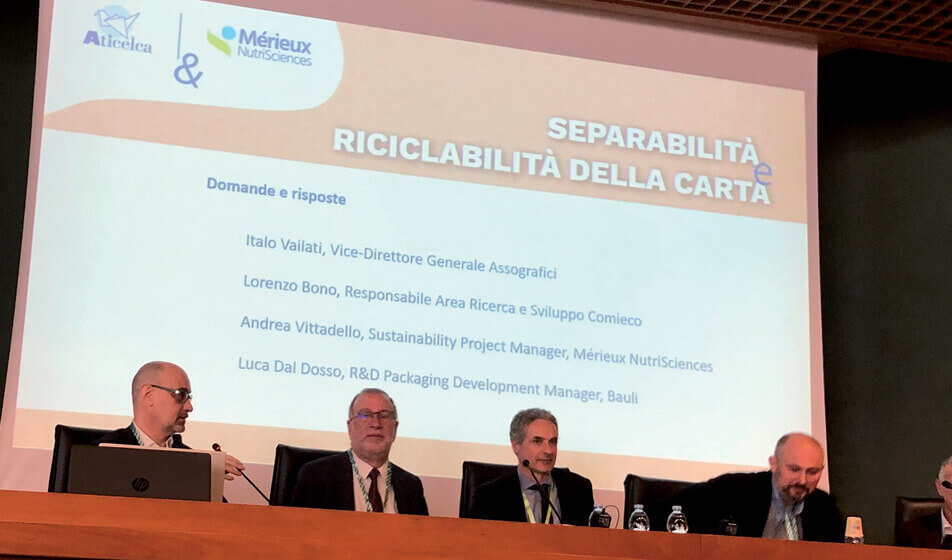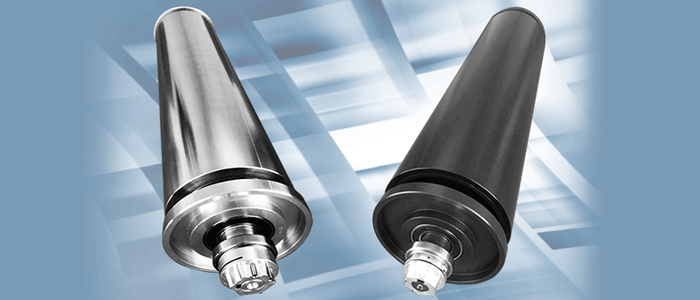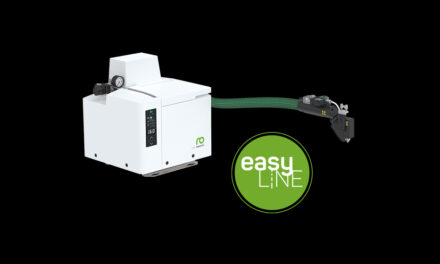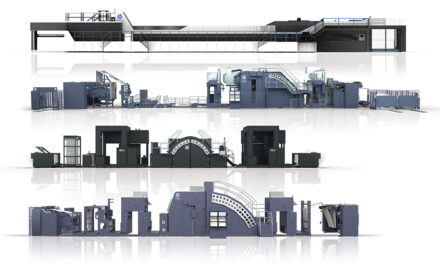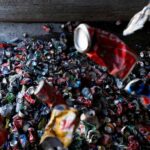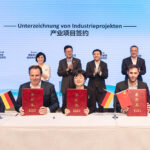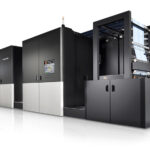At the presentation of the new Aticelca 502 method on the separability of the non-paper components of a cellulose-based product, Andrea Vittadello plays the dual role of speaker and correspondent. And he asks each of the speakers a question that clarifies the context, problems and perspectives of paper recycling in Europe.
In the context of the San Zeno Institute in Verona, where future paper technicians are trained, Mérieux NutriSciences and Aticelca have organized a conference dedicated to the paper and paper and cardboard packaging industry , which, going into the substance of the tools to design more sustainable packaging, served as a backdrop for the official presentation of the New Aticelca 502 Method.
The method measures the separability of non-paper constituents (windows, handles, sealings, labels, peelable layers, etc.) of paper products, and is applicable to all substrates and products composed of two or more constituents, where at least one of them is predominantly cellulosic and can be recycled into paper.
The method aims to individually enhance as much as possible, through proper collection and recycling, the materials of which the packaging is composed: the citizen becomes the main player, who, if correctly informed, can be the real engine of this system. In order to properly separate non-paper components, however, the procedure must be simple and explicitly indicated so as to become a simple and pleasant household custom.
The conference was also an opportunity to understand how this method and the other one, supporting the claim “recyclable with paper”, can be a lever for packaging ecodesign and how they fit into the broad and evolving context of European legislation on packaging and packaging waste.
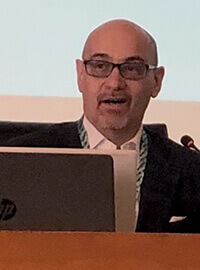 Massimo Ramunni, Deputy General Manager of Assocarta, Secretary of Aticelca, Country Manager of Two Sides Italia.
Massimo Ramunni, Deputy General Manager of Assocarta, Secretary of Aticelca, Country Manager of Two Sides Italia.
In recent years Aticelca has proved very active and innovative in proposing methods to measure the environmental qualities of paper: is Italy a leader in Europe?
We started working on the method for measuring the recyclability of Aticelca 501 paper about fifteen years ago, with the aim of helping companies designing packaging and paper products always compatible with the current recycling processes. The laboratory procedure was then donated to UNI, and was subsequently published as UNI standard 11743:2019, while Aticelca kept hold of the evaluation system, still identified by the number 501. Owing to this choice, which aimed at initiating a pooling and sharing practice at European level, last autumn Cepi published a first European method that is largely inspired by our work and will now be examined by CEN to become a new European standard.
The method for the separability of paper, Aticelca 502, which we present today is the first existing and comes right when we believe the times are ripe: our starting point was a survey by Doxa reassuring us that citizens are ready to do their part to separate and correctly collect the components of the packaging they use. We then set up a working group of more than 30 participants and 4 laboratories involved in the experimentation. Again, the new method was designed in Italy but we expect it to soon become the basis for developing a European standard procedure.
 Italo Vailati, Deputy General Manager of Assografici, Director of Giflex and Gipea.
Italo Vailati, Deputy General Manager of Assografici, Director of Giflex and Gipea.
What are the open questions left by the current draft of the new EU regulation on packaging and packaging waste?
Federazione Carta e Grafica is following the process of the proposal and actively participates in the Confindustria working table, interacts with the Ministry of the Environment and works with the European associations of reference for the sector to present its point of view during the discussion of the draft. The approval process provides for a series of steps between the European Parliament and the Council of Europe, and, in the intentions of the Members, it should wrap up with the approval of the Regulation at the latest by May 2024 before the expiry of the term of office for this Parliament. Surely, there are still many points that need to be clarified. To give just a few examples:
- Each Member State will have to implement measures to reduce the production of packaging waste by 5% by 2030, but does this refer to all types of materials in equal measure? What are the consequences if the goal is not achieved?
- Another question: the rate of recycling performance will be graded in classes A to E, but when will the criteria for the assignment of classes be made known?
- Plastic packaging or plastic parts of a packaging must contain a minimum content of recycled material: does this also apply to composite packaging with a predominance in weight of paper and cardboard?
- Coatings and paints are considered “plastics”. How to recycle them?
Many provisions will be established through delegated acts, producing possibly more than 40 documents, so the time needed for their elaboration and publication is cause of concern, estimated around 2028, with entry into force in 2030. The big question therefore remains: how will companies need to operate in the five-year period 2023-2028 to design, develop and produce packaging products that comply with the new regulations?
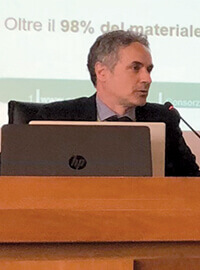 Lorenzo Bono, Comieco Research and Development Area Manager.
Lorenzo Bono, Comieco Research and Development Area Manager.
What are Italian packaging companies focusing on to implement ecodesign? And what will the future levers be?
Companies are very responsive to all technical innovations that can help the ecodesign of their products. Manufacturers know that intelligent design can also affect their business efficiency: it is estimated that the design phases can have an impact of up to 80% on waste of energy, materials, etc. connected to packaging.
One of the most widely used solutions for the ecodesign of paper packaging is to reduce the use of raw materials. This intervention, however, is often associated with other innovations that seek to improve the recyclability or content of recycled material in the product, a sign that the approach to the sustainability of packaging within companies is addressed at 360 degrees.
In particular, the ecodesign approach is fundamental in paper-prevalent composite packaging, where the addition of materials and substances in the volume or on the surface of the cellulosic substrate may compromise the natural recyclability of the fibre. In this regard, a surcharge of the Conai Environmental Contribution (paid by packaging marketing companies), was introduced in July 2022 for those composite packaging in which the presence of paper is less than 80% and 60%. This is a first step towards a contribution system which, as also foreseen in the new EU regulation draft on packaging and packaging waste, should increasingly be based on the effective recyclability of the packaging.
Comieco provides tools and guidelines to support companies in developing an increasingly sophisticated ecodesign. the essential regulatory tools and technical standards are also added. The new Aticelca 502 method for paper separability, for example, is indeed an interesting tool to help reduce the non-cellulosic amount in the paper-cardboard supply chain, including food residues from food packaging. At the same time, the new environmental labelling rules that came into force in January 2023, will help the citizen recognize even the more complex materials, such as composites, and sort them in the correct way.
Technical and scientific innovation must therefore go hand in hand with a correct and clear communication, since the citizen is the first architect of the valuation process chian of packaging end-of-life.
 Andrea Vittadello, Project Manager Packaging Safety and Compostability Specialist, coordinator of sustainability projects at Mérieux NutriSciences Italia.
Andrea Vittadello, Project Manager Packaging Safety and Compostability Specialist, coordinator of sustainability projects at Mérieux NutriSciences Italia.
Why was the ability of the method to have direct and indirect benefits underlined several times during the presentation? What does that mean?
The direct benefit is certainly the reason why the method has been developed: to provide a scientific reference for the measurement of the separability from paper of non-cardboard components of a packaging. In this way, what can be sorted as paper is enhanced, and will be free of materials that it is right to convey to a different collection system. In parallel, we can highlight some indirect benefits: technological, in safety, environmental and social.
- Technological: for example, a packaging can have a lesser weight but still be efficient using supports that can afterwards be properly separated at end of life.
- Safety: you can avoid waterproofing a paper packaging by adding substances that could migrate into the food (PFAS type), preferring a separable plastic layer, which can also act as a functional barrier for other contaminants and can be positive for the product’s shelf-life as well.
- Environmental: The purity of the materials collected in separate flows can prevent the dispersion of microplastics during paper mill recycling processes.
- Social: getting used to an appropriate separate collection through separability, an act that “gives satisfaction”, could have a positive influence on people’s overall environmental behaviour.

